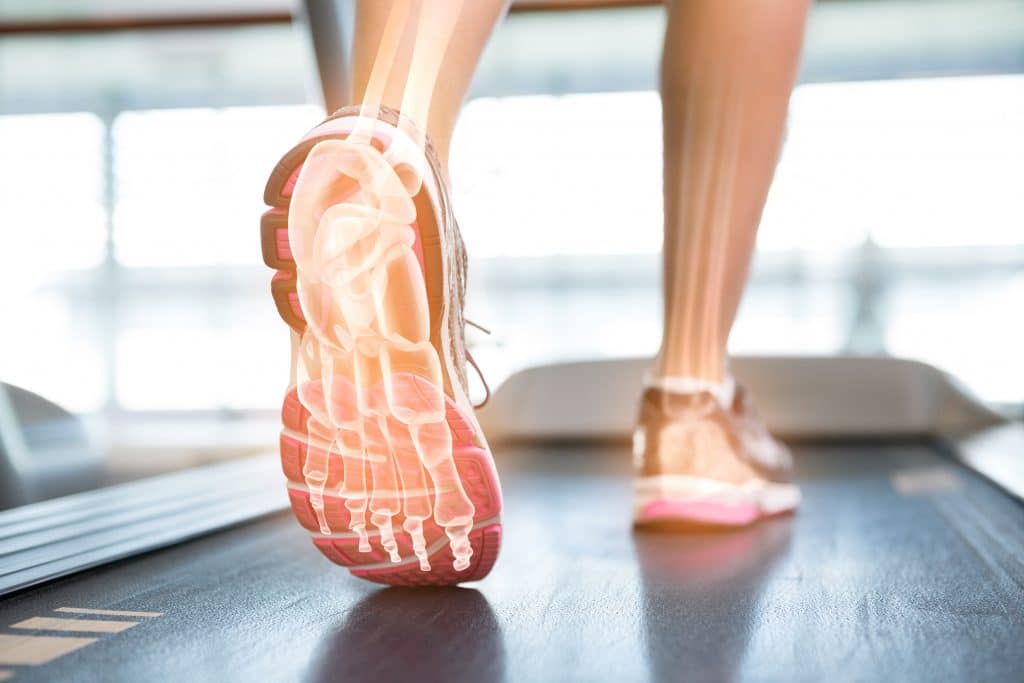One of the tasks that I set students in training to become Dartfish Certified Technologists is this: Imagine meeting a coach in a bar. You get to chatting and when he finds out that you are a Dartfish Certified Technologist, he tells you that videos his players a bit, “Mostly to show them what they look like”. He wonders what he and his team could do better or quicker using Dartfish technologies. How would you answer him in 500 words or more? How would you address this task? Clearly the objective is to reflect on the wide-ranging possibilities of Dartfish and be able to explain the interactions of software, apps and dartfish.tv in layman’s language. That’s a great way to learn any technical subject and, to be honest, as the pass bar isn’t set very high, many students do the bare minimum. However, yesterday I had an excellent submission from Antony Lee from…
Five timing and video lessons from equine sports for track coaches by Carl Valle from FreelapUSA Ask any track and field coach how much time they spend videoing their athletes and the answers will vary from, ‘None’ to ‘Every day’. With the rise of technologies and the ubiquitous availability of smartphones and video, we actually see a dark age in the digital age. The iPhone 6 cameras include an impressive high definition option and smooth slow motion at 240 fps (frames per second), yet for all of the advancements, classic films such as Guy Drut’s video and black and white photo finishes are still the standard in track and field. Ironically, over the last five years smartphone apps have dumbed down the process of filming because convenience diluted the skillset and decreased use of good methodology of capturing video. Anyone with a phone is now a videographer and anyone with an app…
The United States Tennis Association uses Dartfish at all stages of coach education; from forming a strategy, defining what to teach, use as a learning aid, right through to informing continuous development. David Ramos is the man in charge and here is his story. Imagine for a moment that your job is to develop a high performance coaching strategy for a sport where coaches and players are scattered across a landmass the size of the USA. You have some outstanding, best-in-the-world expertise to call on but that sits with individuals and has evolved in separate microcosms. Your challenge? To develop the next generation of coaches to the same level and hopefully beyond. How do you do that? How do you do that when there is no common consensus or language describing what it is that your athletes and coaches are aiming to achieve? That’s exactly the dilemma that was faced…
Modern professional football, that’s soccer to US readers, is no stranger to video analysis. The data gathered throws out stats, some of which have become part of the conversation regurgitated even by ardent fans and, with this level of awareness, it’s no surprise that low cost tagging solutions like Dartfish have become sought after by clubs lower down the professional leagues as well as amateur and college teams. Increasingly though, those at the pinnacle of their sport, in national and international federations, are turning the cameras back on those who we’d normally expect to find pointing them at players – the coaches, the judges and referees – using Dartfish to both educate and give performance feedback to their referees. If you want to referee at the top of the world’s most popular sports, you need a vast wealth of experience. You could gain that through hundreds of hours on the pitch…
YouTube, Instagram and Vimeo have their place. Each have massive worldwide audiences to whom the best aspects of your sport can be showcased… But when you have 1,240 videos from your last world championships (not to mention the 13,000 from the past year and the 9,000 from the year before that), the job of getting all that content online is tough and don’t forget that each one of those 1,240 videos has to be described or keyworded, because if not, nobody finds them and the time spent uploading was in vain. For organisations like the European Judo Union, Dartfish has considered these problems and has some interesting answers. The all-important keywording starts right from the moment of import from the camcorder. Say you are doing a bulk import of recordings, each could have general information such as the competition and year assigned at this point, personalization by player being added…
Dartfish and dartfish.tv provide an affordable video casting solution with all editing done during capture to get content online immediately . Find out how Cheersport does it. For thousands of American parents, sending their son or daughter across the country to an All Star Cheer Leading Association National Final is a big life event. One that they, collectively, were willing to pay out $100,000 for DVDs of the Cheer Sport Nationals alone. They were willing… but why buy a DVD to watch days later when you could watch virtually live? That’s the service that Cheersport provides, using Dartfish video capture and dartfish.tv distribution and since adopting this solution, DVD sales have dropped to one fifth. Of those now watching on dartfish.tv, 85% do so during the event – it’s clear that Cheersport’s public wants to be there live but settles for the next best thing. Capture with Dartfish… At Nationals, a…
How accurate are angle and distance measurements made on video with Dartfish? That’s a question we are often asked and we hope that this study can go some way towards an answer. Moataz Eltoukhy, Shihab Asfour, Craig Thompson & Loren Latta in their paper Evaluation of the Performance of Digital Video Analysis of Human Motion: Dartfish Tracking System published in the International Journal of Scientific & Engineering Research March 2012, set out to compare the accuracy of motion capture in three dimensions (Vicon) and two dimensions (Dartfish). Their conclusion was “…this method has serious potential. The moment calculations were rather close to the 3D motion capturing system measured values.” Tips for getting best results Starting with the basics: In any 2-D measurement system the camera must be perpendicular to the plane of movement and facing directly at the object being measured. Where this is impractical or impossible, measurements made will be relative…
Dynamic Biomechanics, the first of its kind e-text, embedded with video and teamed with Dartfish technology, brings difficult biomechanical concepts to life for university biomechanics students. Professors across the USA, in both traditional and online settings, are choosing an interactive, authentic, hands on learning experience for their students. And combined with Dartfish award winning technology, students view, manipulate, and analyze movement and performance to best prepare for success in the classroom and beyond. A video-infused e-text bundled with Dartfish changes, enhances, and refines learning, giving students marketable skills for future careers as PE teachers, trainers, physical and occupational therapists and sports medicine specialists. Insights shared by biomechanics professors using Dartfish and Dynamic Biomechanics Students are engaged with better understanding of the analysis of a skill or movement. Students are motivated during group projects to engage in the analysis and decision making process. “When looking at joint angles without degrees, you…





